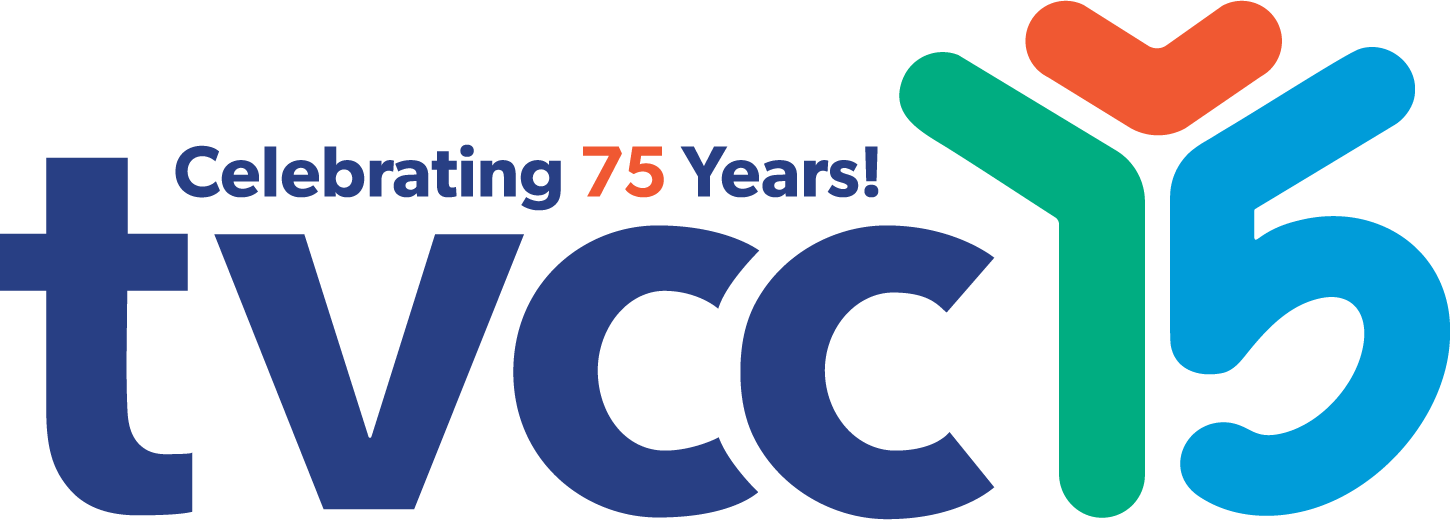Symbols can be used to support or enhance an individual’s other modes of communication. It takes planning, teaching and time to ensure that symbols are a useful communication tool. The following are some considerations for implementing and supporting the functional use of symbols for communication.
Communication Goals
Along with other goals, it is important to establish goals for communication development. A plan to work on identified goals may include symbols and/or other forms of augmentative communication.
Opportunities for Communication
It is useful to take an inventory of daily activities and identify vocabulary needed to communicate within these activities. When doing this, it is important to consider the various functions of communication – greeting, commenting, asking and answering questions, protesting, making choices, etc.
Vocabulary Selection
There are a number of factors to consider when selecting vocabulary, including:
- Individual’s characteristics
- Individual’s interests
- Opportunities for communication
- Vocabulary communicated effectively in other ways
- Type of layout(s)
- Consistent symbols
- Word vs. whole messages
- Intended communication partner(s)
Organization
Vocabulary can be laid out in various organizations, including:
- On a wheelchair tray
- In a book / folder / board
- On a wrist band
- On a placemat
- On object in the room
Physical Characteristics that need to be considered include:
- Size of Display
- Size of Symbols
- Number of Symbols
- Spacing of items
- Arrangement of vocabulary
- Colour coding of symbols
Considerations When Implementing Symbols
The functional use of symbols will not happen quickly or automatically - time and context-based teaching are needed.
The more opportunities and expectations there are for an individual to communicate, the more likely they are to develop communication skills.
If the use of symbols is not progressing, consider the barriers that may be affecting success:
- Lack of motivation to communicate
- Few opportunities/expectations for communication
- oo few or too many symbols
- Vocabulary that is not meaningful to the individual
- The individual does not know what the symbols represent
- Organization of symbols that does not make sense to the person using the setup
- Set-up that does not fit with the abilities and needs of the individual
Areas to Consider When Teaching the Use of Symbols:
- What the symbols represent
- Where the various symbols are located on a display
- When to use them (i.e., whenever other modes are not meeting needs)
- Strategies that may be useful for teaching
- How the use of symbols fits into language development (i.e. using symbols to initiate interactions, to take turns)
Engineering the Environment to Provide Communication Opportunities
There are so many opportunities to use symbols throughout the day, including:
- Morning Circle (e.g., symbols to represent weather, calendar, news)
- Activity Based Unit (e.g., symbols of animals, food groups)
- Monthly Themes
- Job Charts (e.g., attendance)
- Cooking Activities
- Drama
- Music
- Community Experiences





